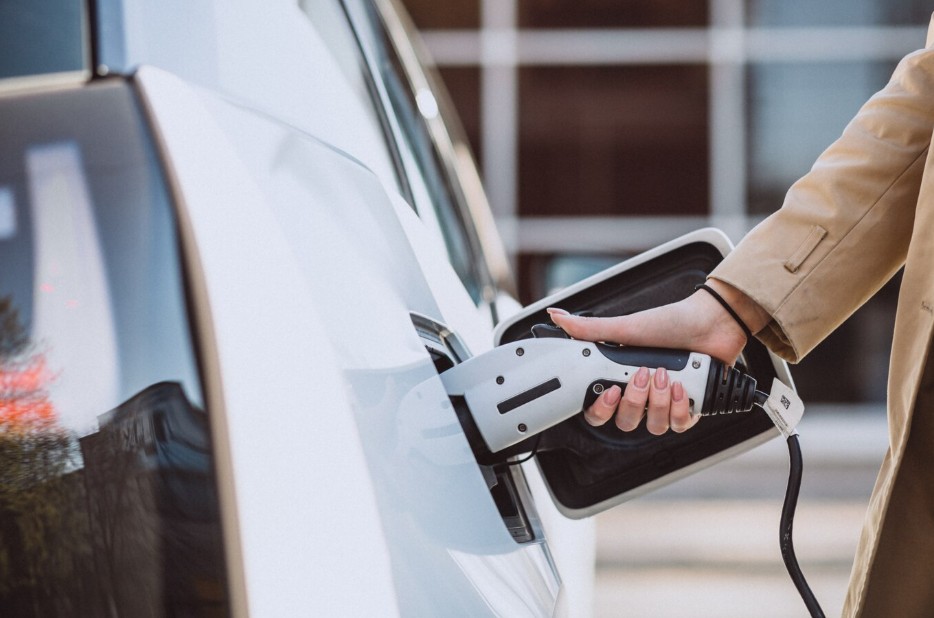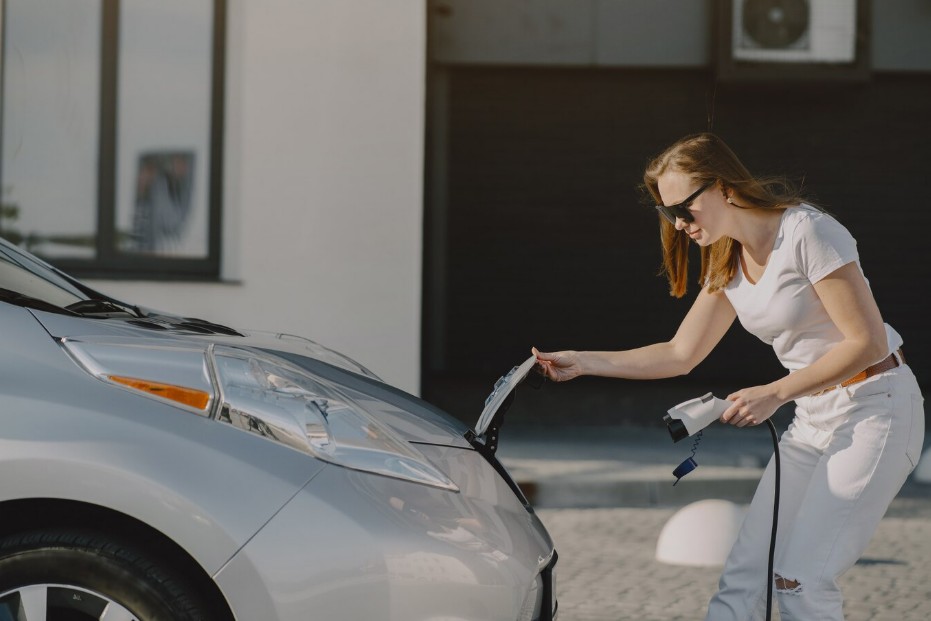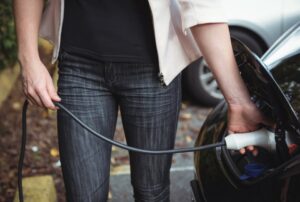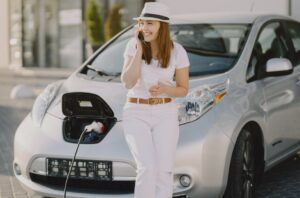
Good charging habits to maximize the range of your electric car
The range of an electric car depends to a large extent on how we care for and charge the battery.

With the growth of the electric car market, it is normal that many people wonder if it is possible to charge them in any socket. After all, we all have sockets at home and it seems logical to think that we could plug the car in and leave it charging as if it were a cell phone.
However, the reality is a bit more complex. Read on because we explain clearly what type of plug is needed, if you can use a normal one, what power you should have at home and some practical tips to charge your car in a safe and efficient way.
Not all sockets are the same, and not all are suitable for charging an electric car safely. In general, there are three main types of plugs for charging electric cars:
This is the typical plug we all have at home. It has two round plugs and is used to connect common household appliances such as a washing machine or a television. Although technically it can be used to charge an electric car, it is not the most advisable. We will see why later.
It is the most common in Europe for charging electric cars. It is specifically designed for this use. It allows faster and safer charging. This plug is found both in public charging stations and in home chargers installed in garages.
This is a fast charging system that is mainly used in public charging stations. This type of plug allows the car to be charged in less time, but requires special equipment and a more powerful electrical installation.
Each type of plug has a different capacity to deliver energy. Charging a car with a conventional plug is possible, but slower and with certain risks if precautions are not taken. On the other hand, a plug specifically designed for electric cars is safer and faster.

A conventional plug offers limited power, typically about 2.3 kW. This means that charging an electric car with an average battery (about 40 kWh) can take more than 15 hours.
Domestic sockets are not intended to operate for so many hours at full power at a time. If overloaded, they can overheat and, in the worst case, cause a fire. It is therefore recommended that, if a normal socket is to be used, the electrical installation should be checked beforehand and a portable charger with built-in protections should be used.
Charging the car with a normal plug can be useful in case of emergency or if it is not done frequently. For regular use, the ideal is to install a specific charging point.
The electrical power contracted at home is another fundamental aspect when charging an electric car. The more power you have, the faster you will be able to charge the car, but also the more you will pay on your bill.
In most homes in Spain, the contracted power is usually between 3.45 kW and 5.75 kW. With this power you can cover the basic needs of a home, but charging an electric car at the same time can be a problem if you use other appliances at the same time.
If you charge the car at night, when there are not many other appliances running, it may not be necessary to increase the contracted power. However, if you want to charge faster or if your electrical installation is old, it may be advisable to contract more power or upgrade the electrical system at home.
Many home chargers allow you to adjust the charging power to avoid overcharging. Some can even adapt automatically to the consumption of the house, so that the automatic will not trip if you use other appliances.
If you have an electric car or are thinking of buying one, these tips can help you charge it more efficiently and safely at home.

The range of an electric car depends to a large extent on how we care for and charge the battery.

Having an electric car means enjoying a clean and quiet ride. However, it can be frustrating when the vehicle does

In recent years, the debate about whether it is worthwhile to replace a combustion car with an electric car has